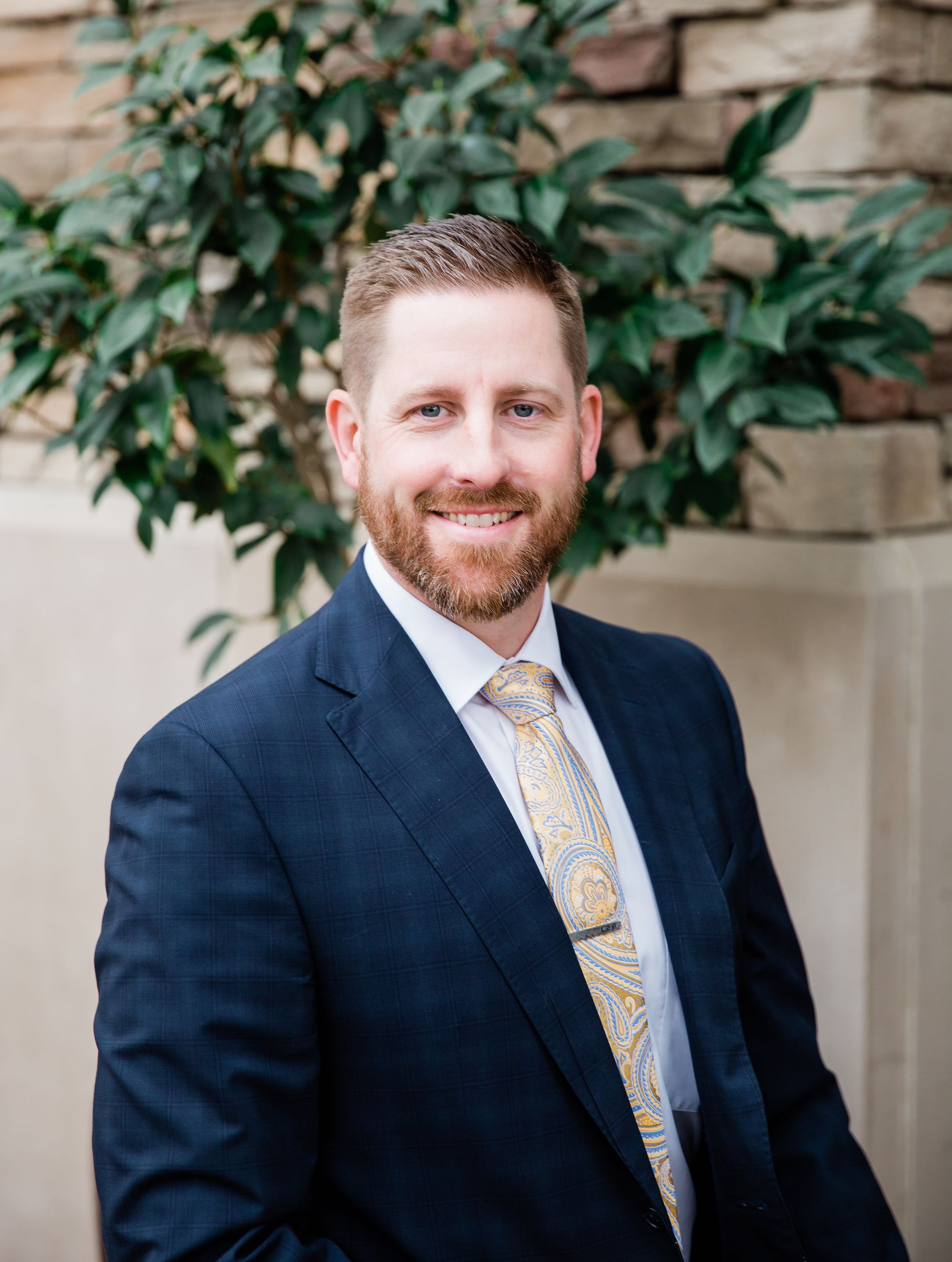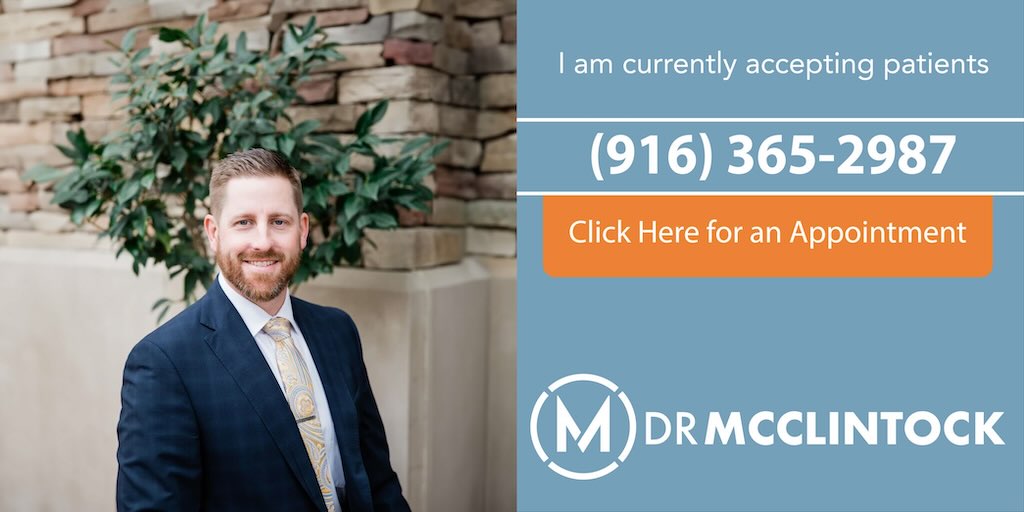Post-reverse shoulder replacement, your scar is a common concern. This article offers direct advice on healing timelines, minimizing your reverse shoulder replacement scar, and managing any related pain. The blueprint for your scar’s care and improvement begins here.
Key Takeaways
- The healing of scars from reverse shoulder replacement surgery involves an initial phase of pain and swelling, followed by a recovery period of 4 to 8 months and long-term scar maturation taking up to 18-24 months.
- Scar visibility post-surgery can be minimized using medical-grade silicone products, scar massages, and protecting the scar from the sun, whereas pain management may require a combination of physical therapy, injections, or further surgical procedures.
- Physical therapy is essential in managing scars post-surgery, focusing on reducing scar tissue, improving flexibility and mobility, as well as preventing adhesions and scar tissue formation.
Navigating the Healing Process of Reverse Shoulder Replacement Scars
A surgical scar from reverse shoulder replacement, which involves the humeral head of the upper arm bone and surrounding tissues, heals gradually. It starts with the initial pain and swelling in the first days after surgery, followed by a gentle commencement of therapy exercises within the first two weeks.
Over time, the use of the sling is gradually reduced between weeks 2 and 6, leading to a complete recovery period that can span from 4 to 8 months. This process is supervised by your shoulder surgeon and physical therapists, helping you regain control over your shoulder blade and other structures.
The Initial Weeks Post-Surgery
Proper wound care and pain management are paramount in the initial weeks after surgery. During this time, it is recommended to:
- Use ice for the first three days
- Change the dressing as per the nurse’s instructions
- Shower 24 to 48 hours after the operation, but avoid rubbing the surgical area to avoid irritating the wound and potentially harming the delicate deltoid muscle.
During the initial weeks of recovery, it is crucial to be vigilant for signs of complications like:
- Periprosthetic infection
- Dislocation
- Periprosthetic fracture
- Nerve damage
- Abnormal shoulder pain or swelling
Your orthopedic surgeon will guide you on the precautions and measures to be taken to prevent these complications.
Long-Term Scar Maturation
The complete healing of scars resulting from reverse shoulder replacement surgery usually takes between 18-24 months, with the long-term maturation process taking between 12 to 18 months as they evolve and mature. During this time, scar tissue undergoes a maturation process that spans several months, involving tissue remodeling and collagen accumulation, which contributes to the strengthening and stabilization of the scar.
Minimizing Scar Visibility After Reverse Shoulder Replacement
A variety of strategies can be employed to reduce the visibility of your surgical scar. These include:
- Use of medical-grade silicone sheeting or sticks
- Application of antibacterial ointments or petroleum jelly to maintain wound moisture
- Protecting the wound with silicone gel or strips during the healing process
- Ensuring appropriate post-operative care, such as safeguarding the scar from sun exposure to prevent hyper-pigmentation.
Scar massage is another effective strategy for reducing scar visibility. It softens scar tissue, enhances blood circulation, decreases swelling, alleviates itching, and encourages tissue remodeling. This practice should commence 3 to 4 weeks after surgery and should be carried out daily with gentle pressure for 5 to 6 minutes, using lotion or cocoa butter with vitamin E.
Pain Management Related to Surgical Scarring
For patients following shoulder replacement surgery, pain associated with surgical scarring can be a major concern. However, it can be effectively managed with physical therapy, which has been found to:
- Improve scar issues
- Alleviate discomfort and pain
- Enhance flexibility and mobility
- Potentially reduce the need for further surgery
Alternative treatments such as corticosteroid injections and massage therapy may also prove beneficial for managing pain associated with surgical scars from reverse shoulder replacement. Other techniques that can help alleviate pain in surgical scars include:
- Medical-grade silicone sheeting and sticks
- Laser therapy
- Shockwave therapy
- Corticosteroid injections
- In certain instances, further surgical intervention
These treatments can be used in addition to traditional methods to provide relief from pain in surgical scars.
However, some patients might experience pain around the acromioclavicular (AC) joint due to surgical scars following a joint replacement, specifically a reverse shoulder replacement. This pain may be accompanied by symptoms such as:
- Neurologic injury
- Bone fractures around the implant
- Hematomas
- Pain and stiffness, particularly with limited rotation in the upper arm, which could be related to rotator cuff injuries or issues with the rotator cuff tendons.
The Role of Physical Therapy in Scar Management
In managing scars after reverse shoulder replacement, physical therapy plays a significant role. It helps:
- Reduce dense scar tissue
- Prevent adhesions
- Improve flexibility, mobility, and stability in the affected area
- Incorporate therapeutic exercises and breathing exercises that promote collagen synthesis and overall healing, potentially reducing the need for revision surgery.
Specific physical therapy exercises that can enhance movement and hinder the development of dense scarring include:
- Soft tissue mobilization
- Scar mobilization
- Light glenohumeral (GH) mobilization
- Scapular mobilization
- Flexibility exercises
Physical therapy alleviates pain related to surgical scarring through the utilization of techniques aimed at:
- Disrupting scar tissue
- Improving flexibility and mobility
- Alleviating pain and inflammation
- Preventing the formation of future scar tissue
This leads to reduced discomfort and improved healing results.
Understanding Different Types of Surgical Incisions
The scarring can be significantly impacted by the type of incision made during your reverse shoulder replacement. Factors such as the number of incisions, their placement, and overall surgical technique can lead to varying degrees of scar tissue. Incisions for reverse shoulder replacement surgery typically range from 8 cm to 15 cm in length and are strategically placed to provide the surgeon with access to the shoulder joint.
The minimally invasive approach to reverse shoulder replacement surgery is recognized for producing smaller scars. This technique restricts the length and quantity of incisions, thereby decreasing the formation of scar tissue.
Post-Surgical Scar Care Routine
In the healing process, proper post-surgical scar care is pivotal. The recommended method for cleaning a post-surgical scar involves soaking a cloth or gauze in soapy water or a mixture of sterile water and salt, then gently wiping or dabbing the skin around the wound, avoiding scrubbing or soaking the wound.
In the post-surgical care routine, it is also crucial to protect your healing scar from sun exposure. It is advisable to utilize a broad-spectrum sunscreen with SPF 30 or above on post-surgical scars, particularly during the initial year after surgery.
Complications That Can Affect Scarring
Certain complications such as dislocation of the artificial joint, infection, excessive blood loss, damage to the surrounding tissue, and the formation of scar tissue that may lead to nerve complications could impact scarring following a reverse shoulder replacement. An infection after surgery can result in heightened scarring, particularly in individuals at risk, such as those with:
- diabetes mellitus
- rheumatoid arthritis
- corticosteroid use
- previous shoulder surgery
Delayed healing due to poor implant positioning, impingement, scar tissue, or medialization of the glenosphere can lead to heightened scarring, resulting in stiffness, adhesions, or other associated complications. This is yet another reason why you want to make sure your procedure is performed by an orthopedic surgeon who specializes in the shoulder.
Another complication that can impact scarring is keloid formation, which involves the formation of raised scars during the healing of a wound and can manifest after surgical procedures, resulting in noticeable post-operative scars.
Lifestyle Factors Influencing Scar Appearance
Scar appearance can be influenced by certain lifestyle factors. Adequate nutrition, especially elevated protein consumption, plays a critical role in scar healing after a reverse shoulder replacement. Moreover, the effects of both smoking and alcohol consumption on the healing process of surgical scars are negative.
Smoking hinders oxygenation, which is crucial for scar repair, and alcohol consumption can impede the healing and fading of scars.
Summary
To wrap up, understanding the healing process and taking proper care of your surgical scar after a reverse shoulder replacement is paramount in your recovery journey. By adopting the right post-surgical care routine, using physical therapy, and paying attention to lifestyle factors, you can effectively manage your scar and promote optimal healing. Remember, your medical team is there to support you every step of the way.
Frequently Asked Questions
How big is the incision for reverse shoulder replacement?
The incision for reverse shoulder replacement is typically about 6 inches long, starting at the front, top of the shoulder and curving as the surgeon accesses the shoulder joint. This procedure involves making a 6-inch incision in the front of the shoulder.
Where is the scar for reverse shoulder surgery?
The scar for reverse shoulder surgery is typically four to five inches long and will be located along the front or top of your shoulder. This incision allows the surgeon to remove damaged bone and position new components to restore function.
What is the healing process of a surgical scar from reverse shoulder replacement?
The healing process of a surgical scar from reverse shoulder replacement typically lasts from 4 to 8 months. It begins with pain and swelling in the first few days, followed by gradual reduction of sling use and gentle therapy exercises, leading to complete recovery within this timeframe.





